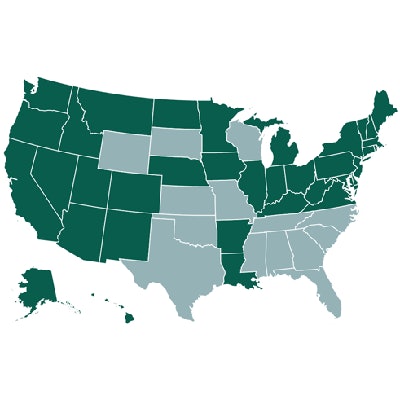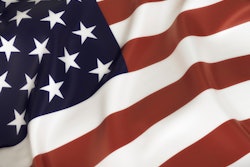
Voters in three U.S. states elected to expand Medicaid benefits in the midterm election on November 6. The expansion will provide healthcare coverage to thousands of more people in Idaho, Nebraska, and Utah, but only beneficiaries in some states will gain access to dental benefits.
Experts estimate about 300,000 low-income adults will gain access to Medicaid coverage through the expansion. This includes full dental coverage for adults in Idaho, partial dental benefits for those in Nebraska, and emergency dental coverage for Utah residents.
Dental health policy expert Nadereh Pourat, PhD, believes the expansion could be a positive for dentists who accept Medicaid. However, the impact will depend on how many dentists accept Medicaid patients in the few states with dental coverage for adults.
"The impact would depend on how many dentists are willing to provide care to Medicaid beneficiaries," Pourat, director of research at the University of California, Los Angeles (UCLA) Center for Health Policy Research, told DrBicuspid.com. "Many dentists choose not to because Medicaid reimbursement rates are often lower than commercial plans."
Dental coverage varies by state
With the addition of Idaho, Nebraska, and Utah, 36 states and the District of Columbia have opted to expand Medicaid coverage for low-income, childless adults. Medicaid expansion is intended to close the Medicaid coverage gap, in which adults earn too much to qualify for traditional Medicaid but too little to qualify for health insurance subsidies through the Patient Protection and Affordable Care Act (ACA).
Adults in Idaho, Utah, and Nebraska will now qualify for Medicaid if they earn at or below 138% of the federal poverty level, which amounts to $16,754 for a single person. About 150,000 additional Utah residents, 90,000 Nebraska residents, and 62,000 Idaho residents will become eligible for Medicaid, but dental coverage for the new beneficiaries will vary greatly based on the states’ programs.

"Expansion of Medicaid in these states means they will allow childless adults who were not previously eligible to be eligible for Medicaid,” Pourat said. “So the expansion could improve access to care for adults only if the state covers oral health for adults. Oral health for adults is an optional benefit."
In Idaho, Medicaid-eligible adults receive full dental benefits through the state’s Idaho Smiles program. This includes preventive benefits, such as cleanings, exams, and x-rays, as well as restorative care, such as fillings, extractions, and dentures.
"We believe that all Idahoans are deserving of essential healthcare, including oral healthcare,” Linda Swanstrom, executive director of the Idaho State Dental Association, told DrBicuspid.com. "Passing Proposition 2 is a positive step toward providing more cost-effective access to healthcare. It is essential that this safety net system be adequately funded to ensure access to care."
Nebraska has similar dental benefits to Idaho for Medicaid-eligible adults, but coverage in the state is limited to $750 per fiscal year for adults, according to the 2018 Nebraska Dental Medicaid handbook from MCNA Dental. And in Utah, full dental benefits are limited to adults who are pregnant, disabled, or blind.
Funding the expansion
Beginning in 2020, states that expanded Medicaid must begin funding state programs. While the federal government still pays for at least 90% of costs associated with expanding Medicaid, states must find ways to fund the remaining 10% of costs.
Utah will pay for the expansion by increasing the state's sales tax by 0.15%, raising the total sales tax to 4.85%, and Idaho will use tax money that previously funded a system to pay for healthcare catastrophes for poor residents.
However, the future of Medicaid expansion dollars is questionable in other states. Notably, Montana voters struck down a measure to increase the state tax on cigarettes, which would have continued to fund the state's Medicaid expansion programs. As of now, the state's Medicaid expansion is set to expire in 2019.
At press time, the Nebraska Dental Association and the Utah Dental Association had not responded to multiple requests for comment.



















